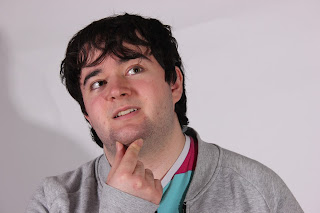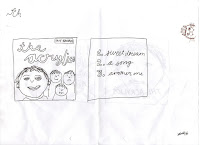The website was created using Wix.com, a website that allows the user to create an interactive website of their choice. It had a variety of different layouts, which meant we were able to create a blog-style website similar to that of Alvvays.
 |
| Allvays's blog format website. |
MY CONTRIBUTION:
- I helped to edit photos for publish on the website, including spot-healing and skin-smoothing the models.
- I also helped by creating some of our merchandise, such as the band logo phone cases.
WHAT I LEARNT:
- I was able to gain a deeper understanding of music websites and how they work to get the audience to endorse in the brand. For example, I learned that a pop-up window when opening the site would immediately give the audience a purchasing opportunity and would likely earn the band more money.
- I also gained an understanding of how a website synergises with all the other products in order to connect the brand together. It does this by creating an online hub to sell all the products and to appeal to the target audience.
Our audeince were all very engaged by the interactive opportunities on our website, and one audeince member pointed out the contest in particular as being very exciting. This means we have effectively raised excitement among the target audience, and kept them engaged with our band's image.
Our teachers also said the interactive opportunities were effective, and that the way we were appealing to our target audience with an interactive and therefore engaging campaign was very effectiev for a modern-day audience.



































